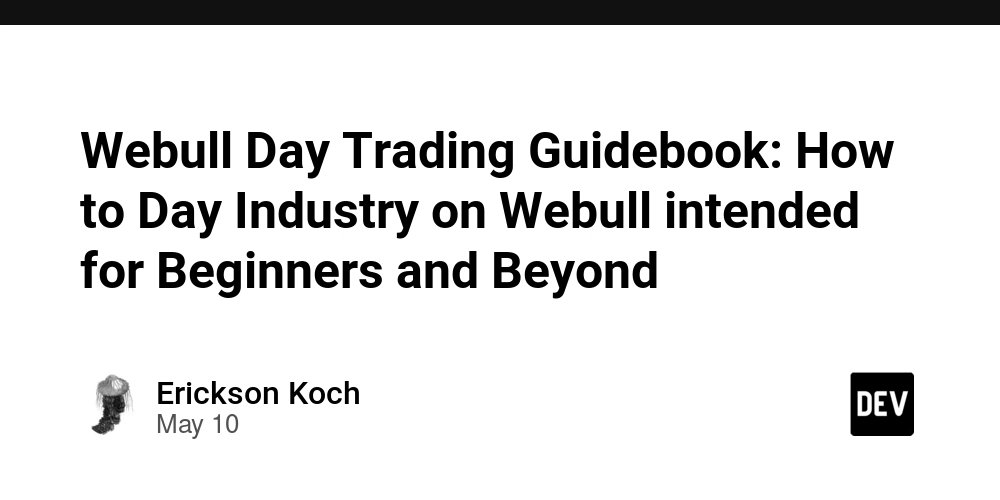What is FinOps and Why It Matters in Cloud Cost Management
If you've been exploring cloud computing or are working with cloud services, you've probably heard the buzzword: FinOps. But what does it actually mean, and why is it becoming critical in today’s cloud-driven world? As someone transitioning into the cloud space, I’ve been diving deep into both FinOps and Cloud Security Fundamentals—two fields that are shaping how businesses operate in the cloud. Today, I want to talk about FinOps: what it is, why it matters, and how it’s reshaping cloud cost management. ** What is FinOps?** FinOps (short for Cloud Financial Operations) is a practice that helps organizations manage and optimize their cloud costs. It isn’t just about saving money—it’s about aligning cloud spending with business value. It brings together engineering, finance, and product teams under one shared goal: making smart, data-driven decisions about cloud usage and costs, without slowing down innovation. Why Should You Care About FinOps? Here’s why FinOps is gaining so much attention: Visibility: Teams get real-time insight into cloud usage and costs Collaboration: Engineers, finance, and business teams work together Optimization: Organizations can reduce waste and maximize value Agility: Teams can move faster without compromising financial accountability In short, FinOps creates a culture of cost awareness—something that’s badly needed in a world where cloud spending can spiral out of control. FinOps in Action Some key practices in FinOps include: Tagging and cost allocation by project or team Identifying idle resources and rightsizing instances Forecasting cloud usage based on business demand Building dashboards to track cost trends and anomalies Creating accountability across teams—not just finance It’s not about making developers cut costs at all costs—it’s about empowering them with visibility so they can make informed decisions. My Learning Journey I’m currently studying FinOps principles and working towards building my career in cloud, with an added focus on cloud security. From my roots as a classroom history teacher to where I am now, it’s been a learning curve—but a rewarding one. As I continue to grow, I’ll be sharing my learnings weekly—writing about FinOps, Google Cloud Security, IAM practices, real-world scenarios, and more. Let’s Connect If you're also learning about cloud, FinOps, or security—or if you're already working in the space—I’d love to connect and hear your experiences. Drop your favorite FinOps tool or lesson in the comments. What’s helped your team manage cloud spend better? Thanks for reading! Follow me for more insights on cloud cost optimization and cloud security fundamentals. FinOps #CloudComputing #CostOptimization #GoogleCloud #DevOps #CloudSecurity #CareerTransition #WomenInTech #LearningInPublic
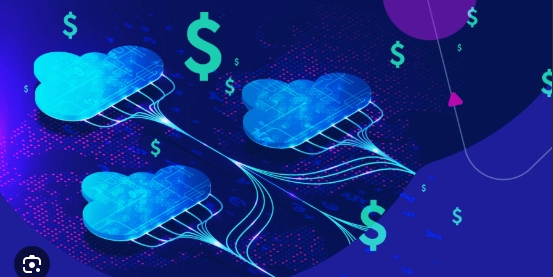
If you've been exploring cloud computing or are working with cloud services, you've probably heard the buzzword: FinOps. But what does it actually mean, and why is it becoming critical in today’s cloud-driven world?
As someone transitioning into the cloud space, I’ve been diving deep into both FinOps and Cloud Security Fundamentals—two fields that are shaping how businesses operate in the cloud. Today, I want to talk about FinOps: what it is, why it matters, and how it’s reshaping cloud cost management.
** What is FinOps?**
FinOps (short for Cloud Financial Operations) is a practice that helps organizations manage and optimize their cloud costs. It isn’t just about saving money—it’s about aligning cloud spending with business value.
It brings together engineering, finance, and product teams under one shared goal: making smart, data-driven decisions about cloud usage and costs, without slowing down innovation.
Why Should You Care About FinOps?
Here’s why FinOps is gaining so much attention:
Visibility: Teams get real-time insight into cloud usage and costs
Collaboration: Engineers, finance, and business teams work together
Optimization: Organizations can reduce waste and maximize value
Agility: Teams can move faster without compromising financial accountability
In short, FinOps creates a culture of cost awareness—something that’s badly needed in a world where cloud spending can spiral out of control.
FinOps in Action
Some key practices in FinOps include:
Tagging and cost allocation by project or team
Identifying idle resources and rightsizing instances
Forecasting cloud usage based on business demand
Building dashboards to track cost trends and anomalies
Creating accountability across teams—not just finance
It’s not about making developers cut costs at all costs—it’s about empowering them with visibility so they can make informed decisions.
My Learning Journey
I’m currently studying FinOps principles and working towards building my career in cloud, with an added focus on cloud security. From my roots as a classroom history teacher to where I am now, it’s been a learning curve—but a rewarding one.
As I continue to grow, I’ll be sharing my learnings weekly—writing about FinOps, Google Cloud Security, IAM practices, real-world scenarios, and more.
Let’s Connect
If you're also learning about cloud, FinOps, or security—or if you're already working in the space—I’d love to connect and hear your experiences.
Drop your favorite FinOps tool or lesson in the comments. What’s helped your team manage cloud spend better?
Thanks for reading! Follow me for more insights on cloud cost optimization and cloud security fundamentals.








![Epic Games: Fortnite is offline for Apple devices worldwide after app store rejection [updated]](https://helios-i.mashable.com/imagery/articles/00T6DmFkLaAeJiMZlCJ7eUs/hero-image.fill.size_1200x675.v1747407583.jpg)































































































































































![[The AI Show Episode 146]: Rise of “AI-First” Companies, AI Job Disruption, GPT-4o Update Gets Rolled Back, How Big Consulting Firms Use AI, and Meta AI App](https://www.marketingaiinstitute.com/hubfs/ep%20146%20cover.png)














































































































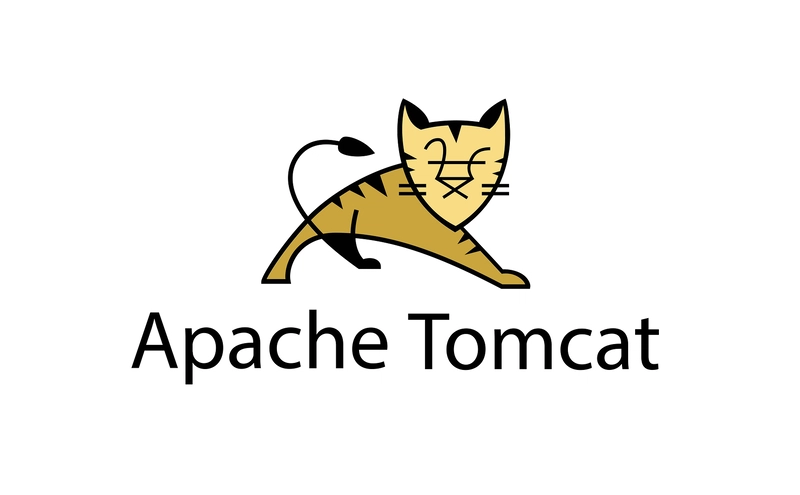

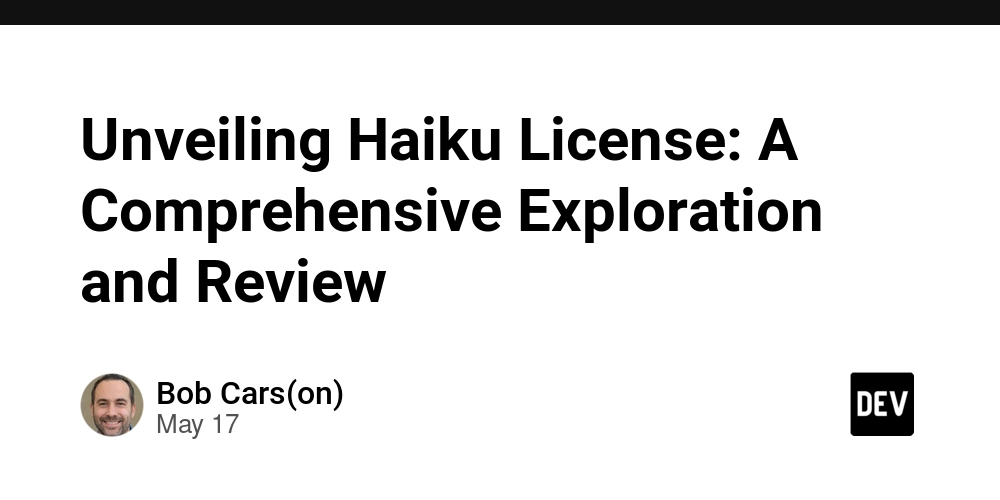
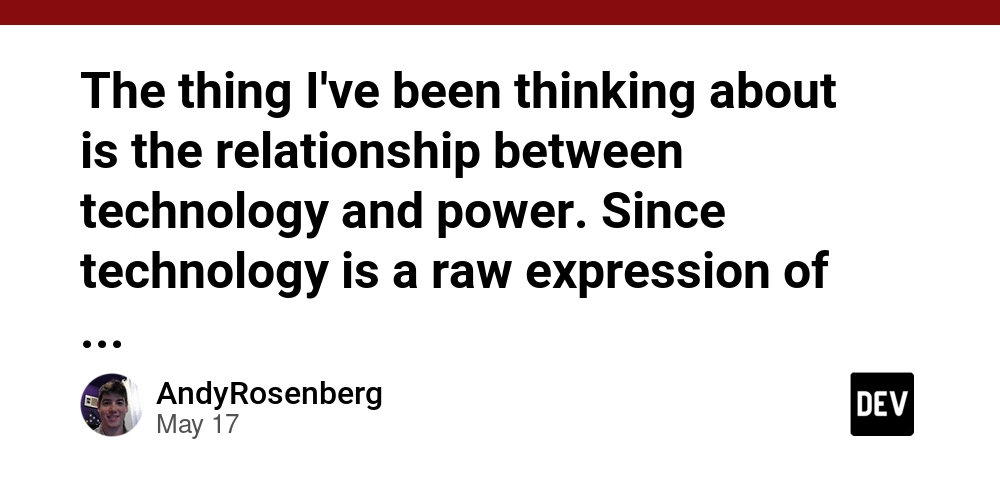
































































































































.png?width=1920&height=1920&fit=bounds&quality=70&format=jpg&auto=webp#)























![[Virtual Event] Strategic Security for the Modern Enterprise](https://eu-images.contentstack.com/v3/assets/blt6d90778a997de1cd/blt55e4e7e277520090/653a745a0e92cc040a3e9d7e/Dark_Reading_Logo_VirtualEvent_4C.png?width=1280&auto=webp&quality=80&disable=upscale#)











































































-xl-(1)-xl-xl.jpg)










![How to upgrade the M4 Mac mini SSD and save hundreds [Video]](https://i0.wp.com/9to5mac.com/wp-content/uploads/sites/6/2025/05/M4-Mac-mini-SSD-Upgrade-Tutorial-2TB.jpg?resize=1200%2C628&quality=82&strip=all&ssl=1)
![‘Apple in China’ book argues that the iPhone could be killed overnight [Updated]](https://i0.wp.com/9to5mac.com/wp-content/uploads/sites/6/2025/05/Apple-in-China-review.jpg?resize=1200%2C628&quality=82&strip=all&ssl=1)




![What’s new in Android’s May 2025 Google System Updates [U: 5/16]](https://i0.wp.com/9to5google.com/wp-content/uploads/sites/4/2025/01/google-play-services-1.jpg?resize=1200%2C628&quality=82&strip=all&ssl=1)












![iPhone 17 Air Could Get a Boost From TDK's New Silicon Battery Tech [Report]](https://www.iclarified.com/images/news/97344/97344/97344-640.jpg)
![Vision Pro Owners Say They Regret $3,500 Purchase [WSJ]](https://www.iclarified.com/images/news/97347/97347/97347-640.jpg)
![Apple Showcases 'Magnifier on Mac' and 'Music Haptics' Accessibility Features [Video]](https://www.iclarified.com/images/news/97343/97343/97343-640.jpg)
![Sony WH-1000XM6 Unveiled With Smarter Noise Canceling and Studio-Tuned Sound [Video]](https://www.iclarified.com/images/news/97341/97341/97341-640.jpg)










































![Apple Stops Signing iPadOS 17.7.7 After Reports of App Login Issues [Updated]](https://images.macrumors.com/t/DoYicdwGvOHw-VKkuNvoxYs3pfo=/1920x/article-new/2023/06/ipados-17.jpg)




























